Berlin and beyond: What to see and do in Germany
Sign up now: Get ST's newsletters delivered to your inbox
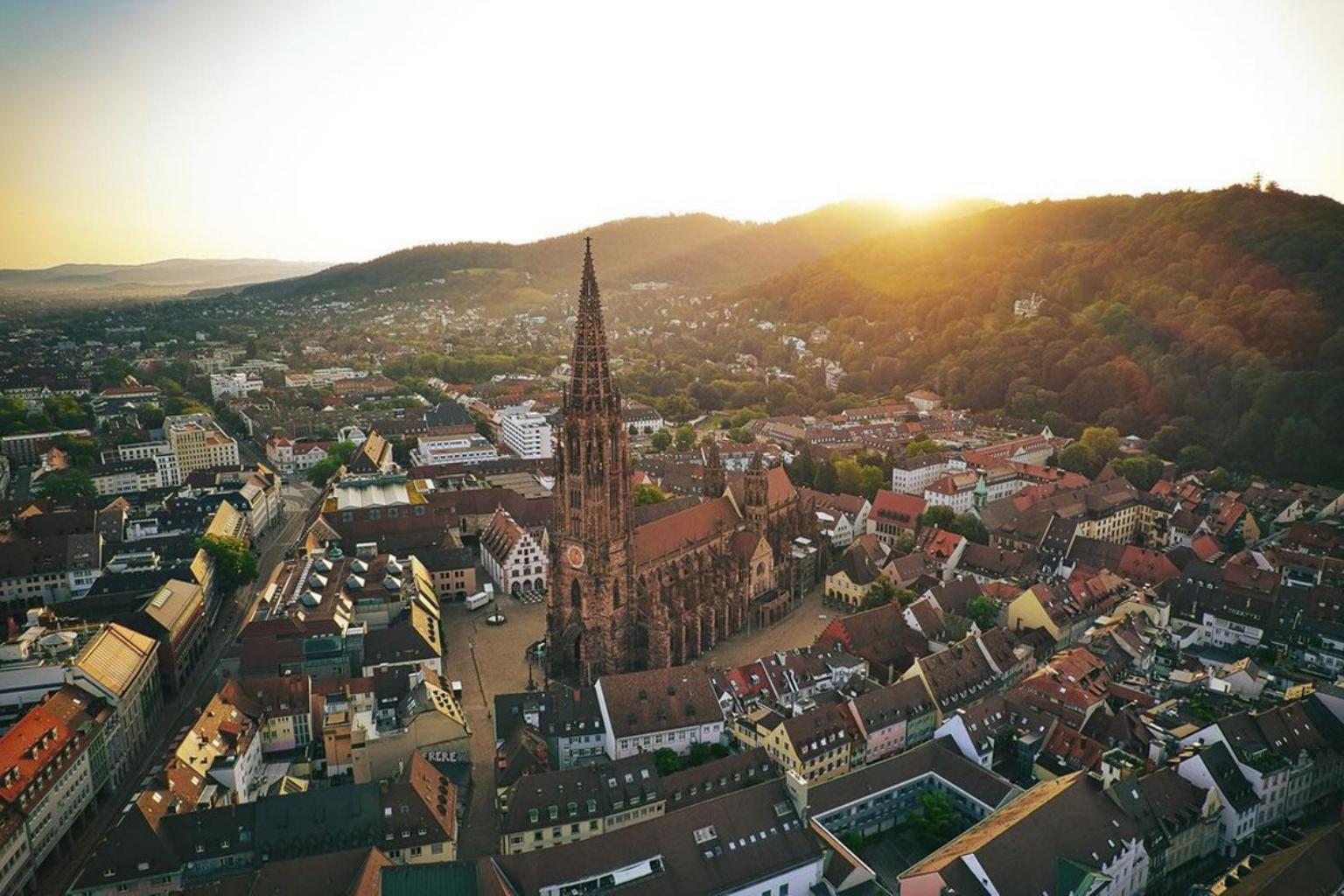
Castles, old towns and beautiful rivers and forests are some of the things people can look forward to when they visit Germany.
PHOTO: BLACK_FOREST_DRONE/INSTAGRAM
Follow topic:
The land of Bach and the Brothers Grimm beckons. From Sept 8, a Vaccinated Travel Lane between Singapore and Germany will allow fully vaccinated people to travel between the two countries without being quarantined. However, they must undergo Covid-19 polymerase chain reaction (PCR) tests.
Castles, old towns and beautiful rivers and forests are some of the things people can look forward to when they visit Germany. From the gritty cultural capital of Berlin to quaint Bavarian towns and scenic views along the Rhine Valley, the country - home to more than 83 million people - has much to offer.
My love affair with Germany comes from an interest in its language and aspects of pop culture - the tragicomedy film Goodbye, Lenin! (2003); neo-noir television series Babylon Berlin (2017 to present) - and a desire to learn more about its people.
Recently, I was moved by Nora Krug's Belonging: A German Reckons With History And Home (2018), where Krug, who grew up in the long shadow of World War II, explores her struggles with German identity in a collage-style scrapbook.
During my travels to Germany, I enjoyed being immersed in the language, which is earthy, supple and unexpectedly beautiful. In Frankfurt, I had fun using the ticket machine for the S-Bahn, relishing the way the word for "adult" ("Erwachsene", "uh-VUHK-suh-nuh") reminded me of a bud in bloom.
Other things left an impression - the country's decentralised development (Germany has 16 federal states), the European penchant for sparkling water, the ageing audience demographic at classical music concerts; and the way the cashier at the Heidelberg University canteen charged me for lunch based on how much it weighed.
Ticking off tourist attractions from a checklist is not the most satisfying way to spend a holiday. Better to home in on a few locations that appeal to you, leaving room for serendipitous discovery. These recommendations, while not exhaustive, may be a useful starting point.
Berlin
While in Berlin, you might experience a unique form of German brusqueness known as "Berliner Schnauze" ("snout") - a nod to Berliners' gruff manner of speech.
But do not let that put you off. Germany's gritty capital is a melting pot of culture and creativity, home to numerous galleries and museums, nightclubs and, of course, vestiges of World War II and the Cold War.
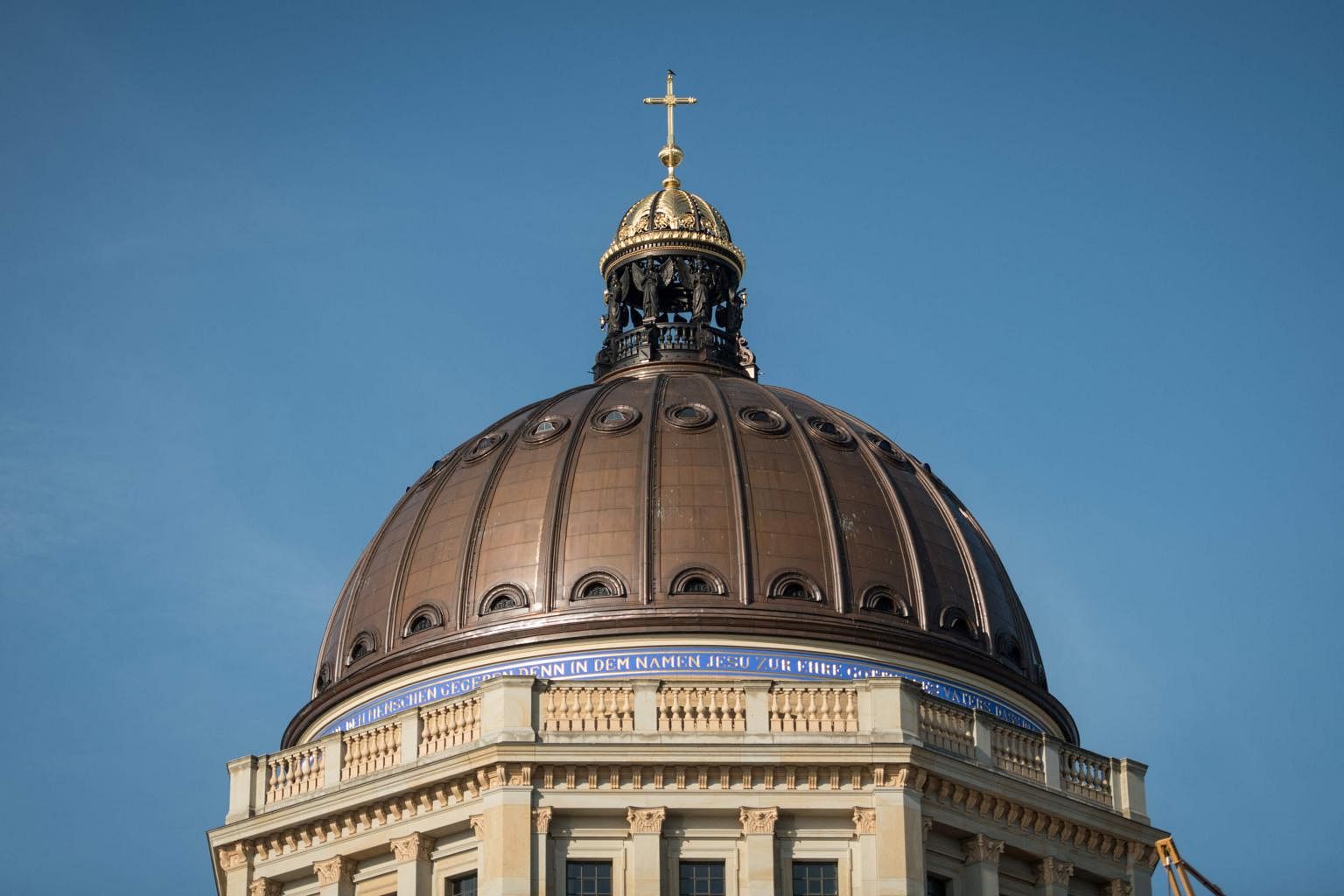
Important historical landmarks include the graffitied remains of the Berlin Wall, the Brandenburg Gate, the Holocaust Memorial, the restored Reichstag building and the late 17th-century Charlottenburg Palace.
Also hop over to the Unesco- inscribed Museum Island, which is home to the Altes Museum, Neues Museum, Alte Nationalgalerie, Pergamonmuseum and Bode Museum, whose collections span 6,000 years of history.
One of the Island's most controversial items is an ancient bust of Nefertiti at the Neues Museum, the repatriation of which Egypt has requested to no avail.
Cologne
The most famous landmark in the city is the Cologne Cathedral, a Gothic masterpiece whose cornerstone was laid in 1248. At over 157m, it is the tallest structure in Cologne after the telecommunications tower.
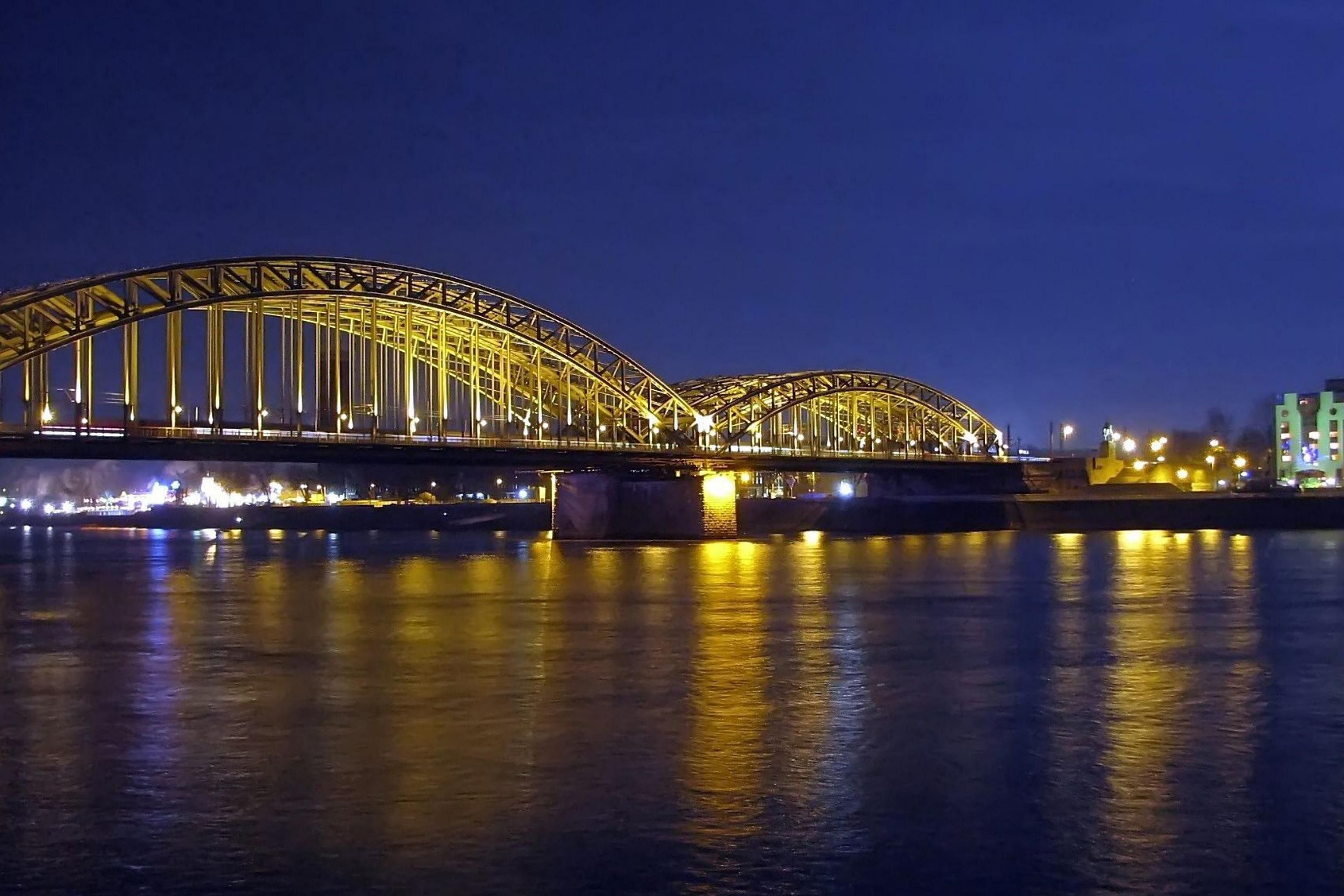
PHOTO: UNIWORLD RIVER CRUISE BOUTIQUE COLLECTION
The city on the banks of the Rhine also boasts a number of other attractions, such as the "love locks" on Hohenzollern Bridge, the Old Town, the Aachener Weiher lake, Rheinauhafen docks district and a number of museums.
Munich
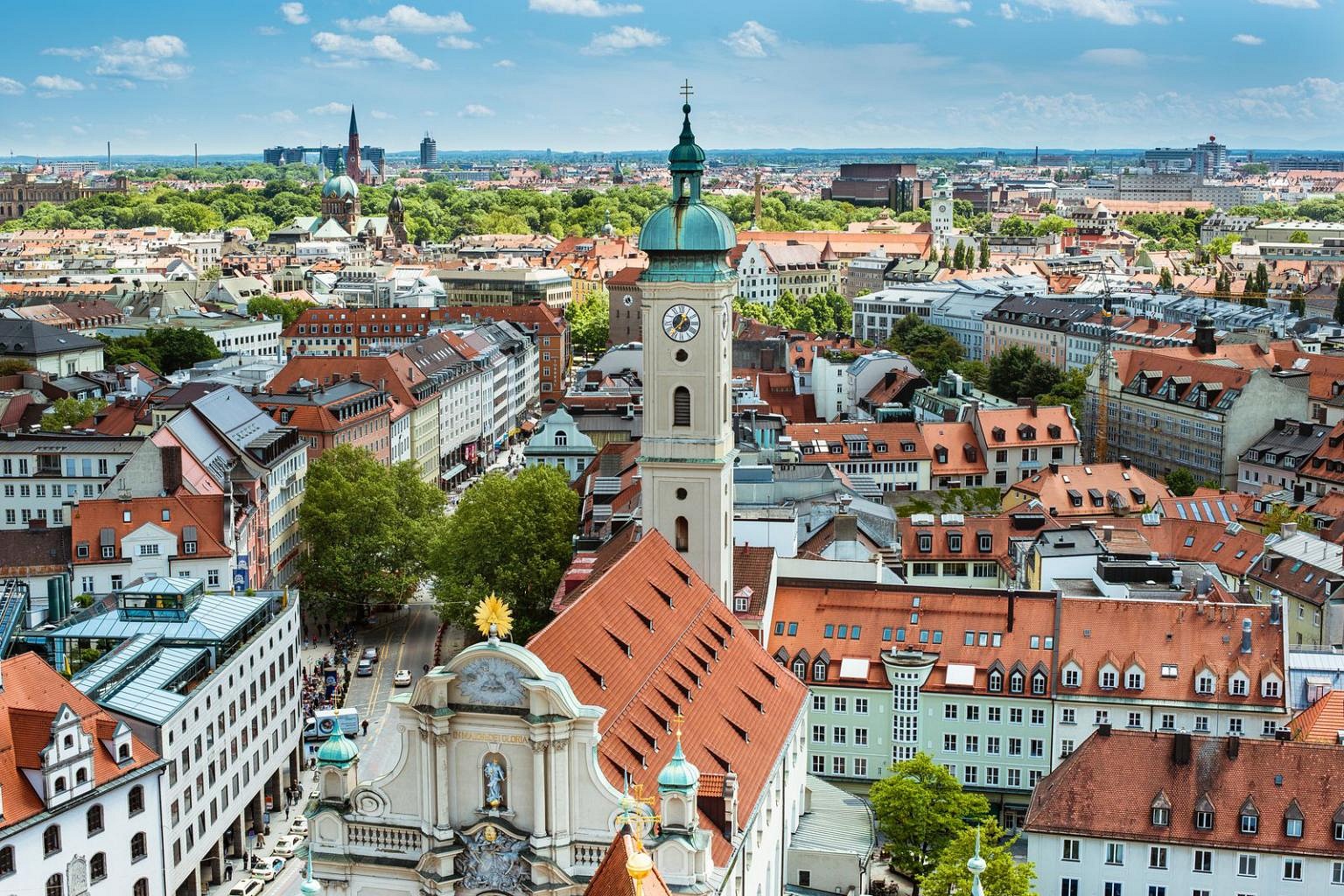
PHOTO: DEUTSCHE ZENTRALE FÜR TOURISMUS E.V.
The Bavarian capital, which has a strong restaurant and beer culture, was named by Monocle magazine as the world's most liveable city in 2018.
While Oktoberfest has been cancelled again this year due to the pandemic, you can still visit beer halls such as the famed Hofbrauhaus. Also check out the glockenspiel clock at Marienplatz square, the Nymphenburg Palace and the Viktualienmarkt farmer's market.
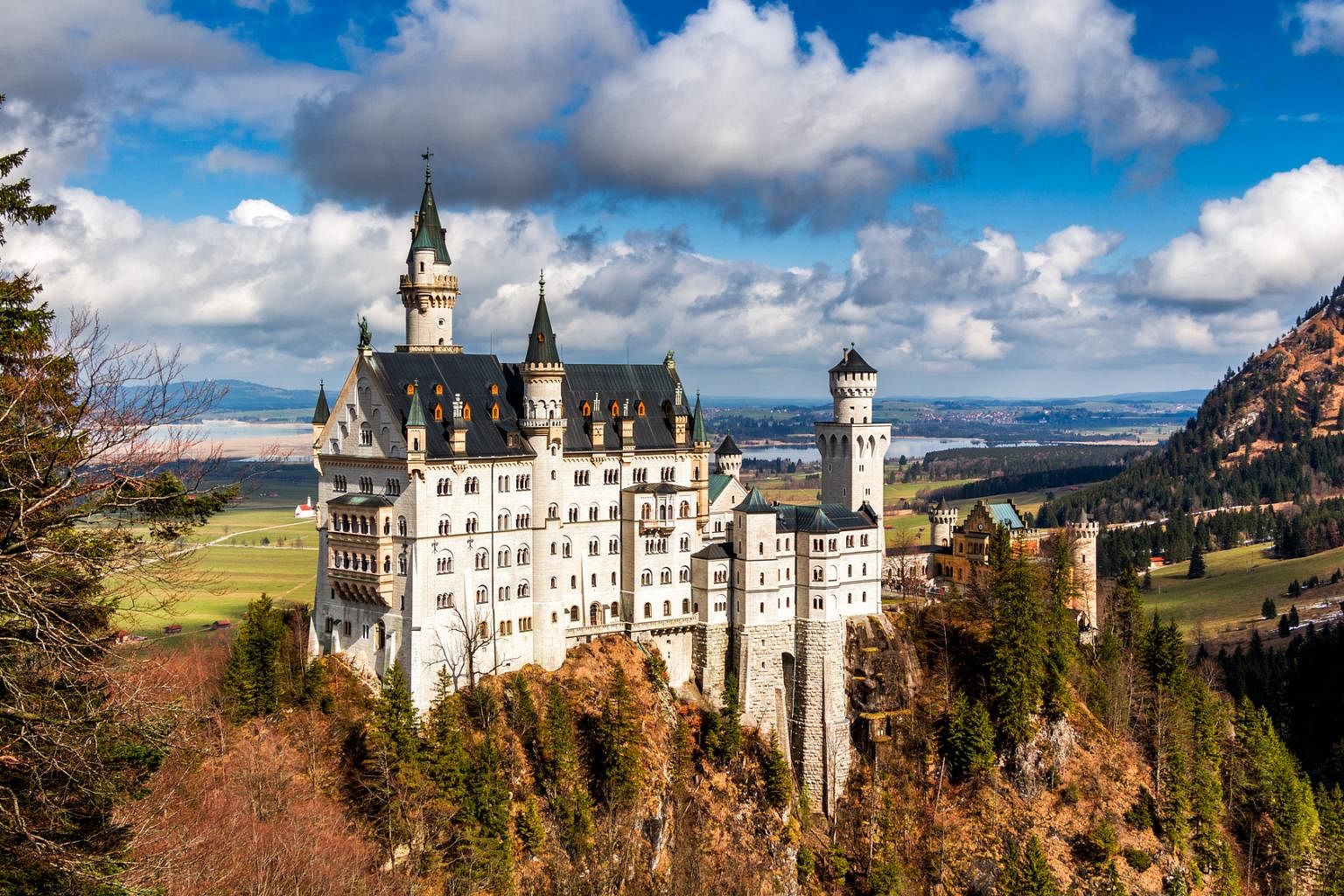
PHOTO: ZUJI SINGAPORE
Do also plan a day trip out of Munich to Neuschwanstein castle in the Bavarian Alps, which is more than two hours from the city by train and bus. The turreted structure, built by "Mad" King Ludwig II of Bavaria in the 19th century, inspired the castles in Disney's Sleeping Beauty and Cinderella, and is one of Germany's most popular attractions.
The Rhine Gorge

PHOTO: DANIELSTERN181/INSTAGRAM
Soak in the view of castles and pretty towns on a cruise along the Rhine river.
The Upper Middle Rhine Valley, the 65km stretch between the city of Koblenz and the towns of Bingen and Rudesheim am Rhein, is known as the Rhine Gorge and is a Unesco World Heritage Site. You can consider exploring nearby towns such as Boppard and Bacharach.
Heidelberg

PHOTO: HEIDELBERG4YOU/INSTAGRAM
"Ich hab mein Herz in Heidelberg verloren (I lost my heart in Heidelberg)," so the famous song goes.
It is not hard to see why. Germany's oldest university town, situated on the banks of the Neckar in Baden-Wurttemberg, is steeped in culture and romance. About an hour from Frankfurt by train, it is the seat of Heidelberg University, which dates back to 1386 and is home to one of the country's best medical schools.
Explore Heidelberg Palace and its extensive gardens, and head to the Philosopher's Walk and Old Bridge for a good view of the town. If you have time to spare, consider visiting the monasteries, churches and local zoo.
The Black Forest

PHOTO: BLACK_FOREST_DRONE/INSTAGRAM
This vast forested region in Baden-Wurttemberg is known for its traditional half-timbered houses, spas and cuckoo clocks. The biggest city in the area is Freiburg, home to the Freiburg Minster, a Gothic tower which stands 116m tall.
Among the many other attractions in the region are the spa town of Baden-Baden and the charming towns of Schiltach and Gengenbach, as well as the Triberg Waterfalls and Lake Titisee.
Rothenburg Ob Der Tauber

PHOTO: ROTHENBURGTOURISM/INSTAGRAM
This mediaeval Bavarian town, located above the valley of the Tauber River, looks like something out of a fairy tale.
Get there on a day trip from Frankfurt or Munich, and take a jaunt down its cobblestone lanes.
Attractions include the Plonlein ("little square"), the old town walls, town hall, St James' Church and a mediaeval crime museum.
It is a popular stop on Germany's "Romantic Road", a 350km scenic byway from the baroque town of Wurzburg to Fussen, the doorstep of Neuschwanstein.

